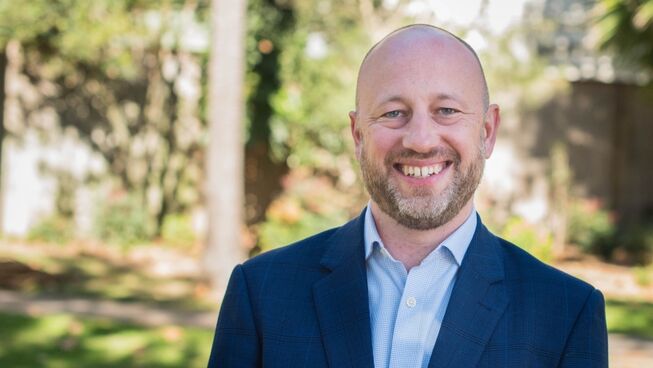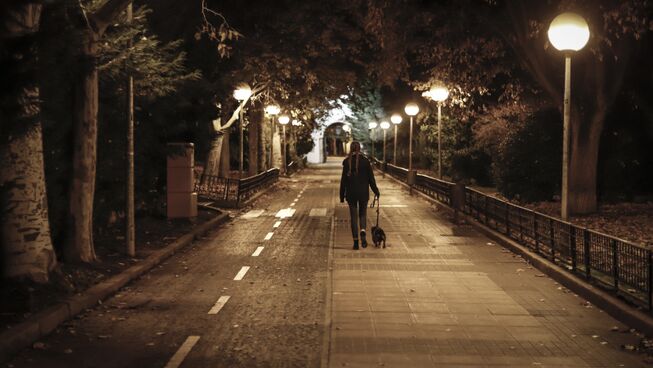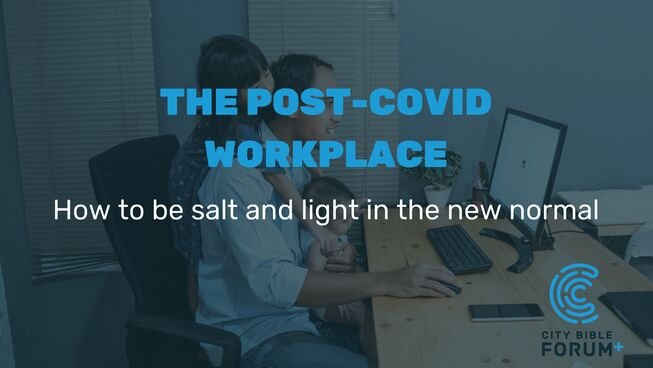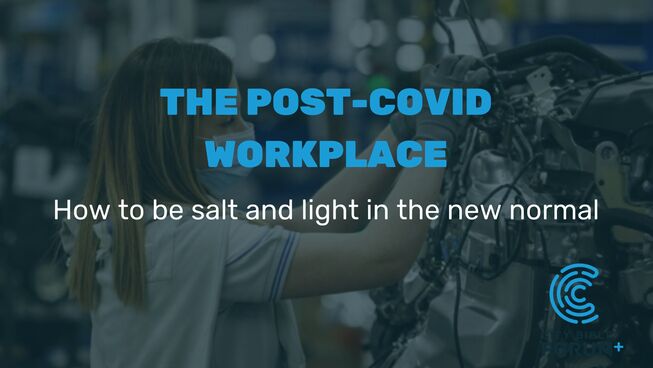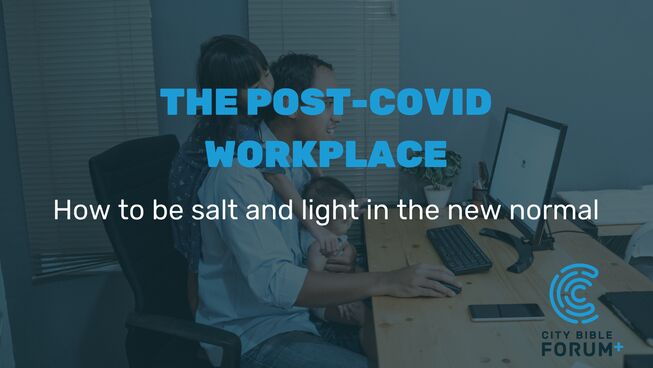The workplace post COVID-19?
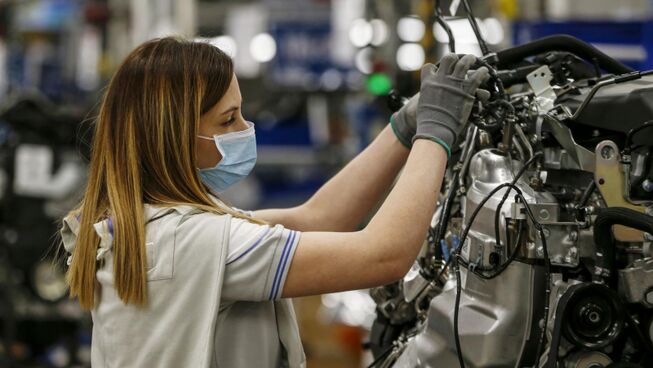
It’s been described as “the biggest shakeup of the Australian workplace since World War II”. In just six weeks Australian workplaces have changed dramatically, both in terms of how and where we work.
But as COVID-19 restrictions begin to ease around the country, questions are inevitably beginning to be asked about what life will look like post lockdown, particularly in terms of work. While many of us might be looking forward to a few less Zoom calls, many are also recognising that this season has shone a powerful light on the nature of work, and opened up many new wonderful ways of doing business, especially for those with family or caring responsibilities.
For example, the Harvard Business Review is hoping that, “one major shift will be a move away from the harmful assumption that a 24/7 work culture is working well for anyone…During this pandemic, employers are seeing that workers can’t function well without accommodation for their family responsibilities. Will that lesson last after the crisis is over?” Time will tell.
Certainly this is something Clare Harding is hoping for. She heads up the post COVID-19 transition at Deloitte, saying that her company is not wanting to simply go back to how things were done in January 2020. "It [working from home] can be a really, really beneficial thing — for people who need to care for others, or who look after children, or need different working patterns. We've shown in the last six weeks it's completely possible to do that, and we'd love to be able to do more of it."
At a more practical level, others are recognising the impact social distancing will likely continue to have on work (and even travelling to work) for some time yet. A new report by consultancy firm WSP Australia recommends, "businesses should be encouraged to adopt a gradual approach to returning to work in order to ease demand and spread out the peak periods”, both in terms of limiting interaction on public transport, and in the office. As such, Fairfax columnist Wendy Squires predicts that, “the peak-hour push will be reviewed for many; that interminably slow slog will be now paced out as businesses realise a 9am office start is unwarranted and unnecessary. With mobile phones meaning we can still work without physical presence”.
Then of course there are the upsides many have discovered of streaming some activities and events online. For example, at City Bible Forum we’ve found streaming our usual events has had a positive impact both in terms of reach (people can watch from anywhere), and also ease of invitation (it’s much less confronting to invite a friend to attend a Zoom event than in person).
So back to my original question: what will work look like post COVID-19? Rather than try and gaze into the future and guess, here are three principles Christians should keep in mind as we play our part in each of our workplaces in shaping the office post COVID.
1. Be loving
As in all things, as we weigh up what we should keep and what we should discard from how we worked during lockdown, our ultimate guiding principle should be love of neighbour. That is, considering the interests of our colleagues and customers before our own. Some may have loved the space to work remotely (and been more productive as a result). Others may be craving the opportunity to be back in a buzzing office filled with people (and in that scenario they will be far more productive). Some customers may have loved our products or services being delivered online, others may be longing for the ways we used to serve them. Let’s be slow to consider our way is best, and instead quick to listen to what worked (and didn’t work) for our colleagues and customers during this period, and be prepared to put our own interests aside for the sake of the other.
2. Be patient
Whenever a missionary returns from overseas they experience reverse culture shock. Many say the reverse culture shock is almost harder than original culture shock they experienced when they first left their home country. I imagine we’re all going to experience something a little similar as we return to our workplaces, albeit we haven’t been away as long as most missionaries are!
What this will require from us is to practice great patience, especially with those who are finding the transition back hard. What I’ve sensed in a lot of the material I’ve been reading in the past fortnight is a lack of patience for this lockdown to be over and get back to business as usual (see the reopening and then closing again of beaches in Sydney as a case in point!) But the Christian person is to be characterised by patience. Our patience during the clunky transition out of lockdown can be a powerful witness to our God who is so patient toward us.
3. Be creative
Our God is also an incredibly creative God, with His creativity on display from the first pages of the Bible. As creatures made in His image we should embrace creativity, for His glory! And that is something we have all had to be doing during these weeks of lockdown. It would be a great shame to lose that creativity and simply go back to business as usual.
While I doubt many of us will simply do that, we should wisely consider what creative ways of working during lockdown might be worth continuing with, and maybe creatively adjusting even further as restrictions lift. We trust in a sovereign God which I think encourages us to take creative risks, to try and fail, as long as our desire is always His glory and the good of others.
Post COVID-19 isolation is going to be an usual and challenging transition. While the change won’t be as fast and unexpected as the transition to lockdown, nevertheless the shift back will have its challenges. But this provides Christians with great opportunities to “shine like stars” as we seek to do all things “without grumbling or arguing” (Philippians 2:14,15) and bear witness to the difference the Gospel makes in our life, as we seek to be loving, patient and creative.
Image: engineerlive.com
